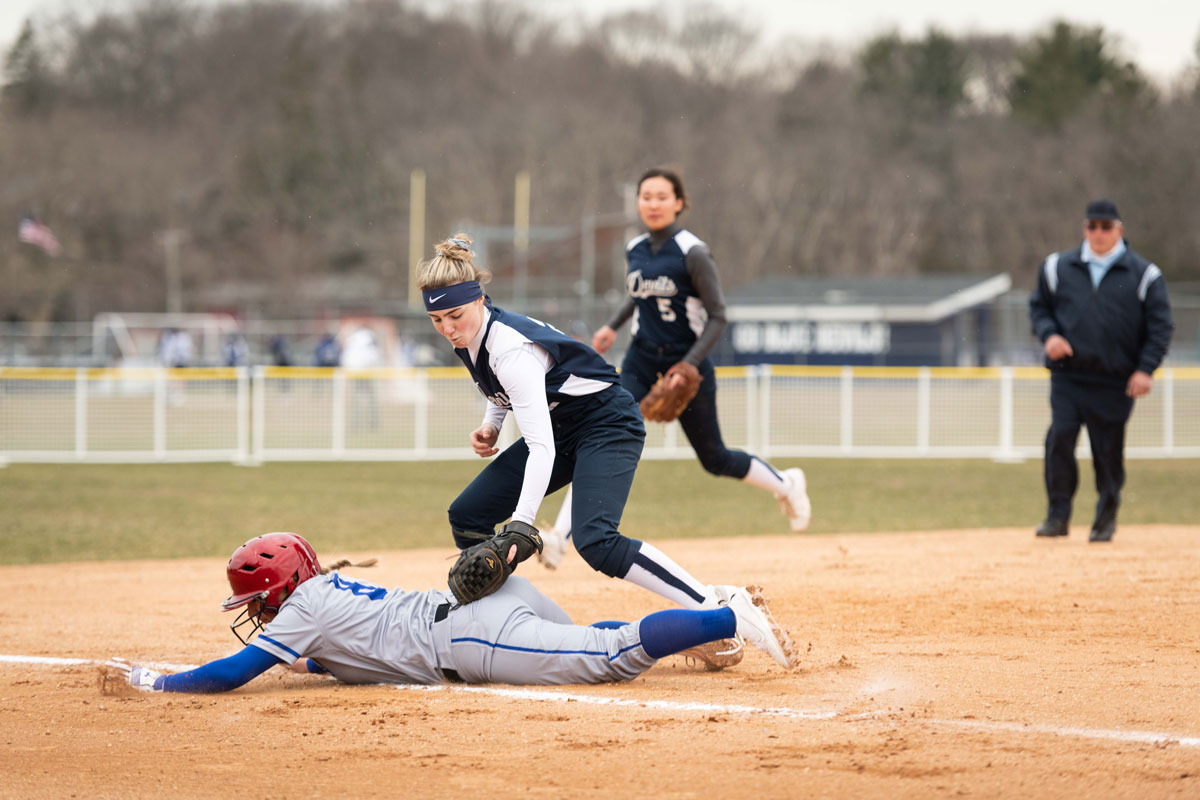Your What does johnson grass look like images are ready in this website. What does johnson grass look like are a topic that is being searched for and liked by netizens now. You can Find and Download the What does johnson grass look like files here. Find and Download all free images.
If you’re looking for what does johnson grass look like pictures information linked to the what does johnson grass look like topic, you have pay a visit to the ideal site. Our site always provides you with suggestions for refferencing the highest quality video and picture content, please kindly search and locate more informative video content and graphics that fit your interests.
What Does Johnson Grass Look Like. Johnsons grass is widely distributed across NSW except for in the Western region. The base of barnyard grass is a dark maroon color so it is very easy to indicate the weed. Mature johnsongrass grows in spreading leafy tufts with shoots tillers sprouting from the base crown. The Illinois Natural History Survey recommends treating Johnsongrass in June with 2 Roundup a non-selective herbicide containing glyphosate.
 Pin Auf Spruche From de.pinterest.com
Pin Auf Spruche From de.pinterest.com
The grass has wide blades that are dark green a color the blades maintain even in winter. Since tall fescue grass does not grow like a uniform turf lawn tall fescue sticks out like a sore thumb in a lawn composed of mixed-grass types. Its aggressive and invasive. Besides does Johnsongrass look like. The seed head is 2 to 3 inches long. If possible cut and remove the seeds or mow the Johnson glass.
Leaves are rolled in the bud.
The seed heads and the base of the plant are the tell tale signs of barnyard grass. Normally you wont get an invasion of nutsedge throughout all of your lawn. This weed isnt the hardest to identify although you might need to look closely to be sure that its quackgrass since it does look a lot like other grass types. It has wide leaves with thickened whitish midribs. Goosegrass is identified by the following traits. The top side of the blades is shiny and the blades are very coarse to the touch.
 Source: pinterest.com
Source: pinterest.com
Since tall fescue grass does not grow like a uniform turf lawn tall fescue sticks out like a sore thumb in a lawn composed of mixed-grass types. Learn what goosegrass looks like and how it differs from other weeds in our guide below. The stem has three edges and the nutsedge has long thin blades that are very coarse. The leaves are distinctive in. An upright perennial it often grows 6 to 8 feet tall Figure 1.
 Source: pinterest.com
Source: pinterest.com
Vaseygrass leaves are long and narrow with an. Its panicles seed heads are open Figure 2 and the many branches support thousands of spikelets from which seeds are readily shattered. The blades can get pretty tall if you let them grow. It tends to show up in areas where the soil is wet. Guinea grass leaves have a less prominent white midrib and the undersides are rough with stiff hairs.
 Source: pinterest.com
Source: pinterest.com
Normally you wont get an invasion of nutsedge throughout all of your lawn. Many stems grow from one common root in a bunch or rosette Base of weed is silver or gray Dark green leaves. It seems like it would be okay on the cynanide side but not on the nitrate sidebut there are only nitrates at toxic levels if the plant was overfertilized. And Vasey grass is by far the more common vegetation of the two that you may find. The grass has wide blades that are dark green a color the blades maintain even in winter.
 Source: pinterest.com
Source: pinterest.com
Where is it found. The rhizomes of Johnson grass are identified by thick cream-colored rhizomes covered with orange scales. Both johnsongrass and Sudan grass are coarse-stemmed grasses with broad veined leaves that can grow to six feet in height. This grassy weed has long thin stems with leaves that protrude off the main stem. And Vasey grass is by far the more common vegetation of the two that you may find.
 Source: pinterest.com
Source: pinterest.com
It seems like it would be okay on the cynanide side but not on the nitrate sidebut there are only nitrates at toxic levels if the plant was overfertilized. Since tall fescue grass does not grow like a uniform turf lawn tall fescue sticks out like a sore thumb in a lawn composed of mixed-grass types. Its one of the worst grassy weeds you can get. The blades can get pretty tall if you let them grow. Control Both Johnson grass and crab grass spread quickly through the massive.
 Source: pinterest.com
Source: pinterest.com
The stem has three edges and the nutsedge has long thin blades that are very coarse. Normally you wont get an invasion of nutsedge throughout all of your lawn. Johnsons grass is an erect perennial grass up to 2m tall. Its aggressive and invasive. The seed heads and the base of the plant are the tell tale signs of barnyard grass.
 Source: pinterest.com
Source: pinterest.com
It was brought as a forage crop to North America and the US in 1830 but it. Prussic acid more correctly called hydrocyannic acid a cyanide based. The stem has three edges and the nutsedge has long thin blades that are very coarse. Identifying Johnsongrass is the first step in controlling the weed. It is native to the Mediterranean region of Europe and Africa but has been introduces to all continents except Antarctica.
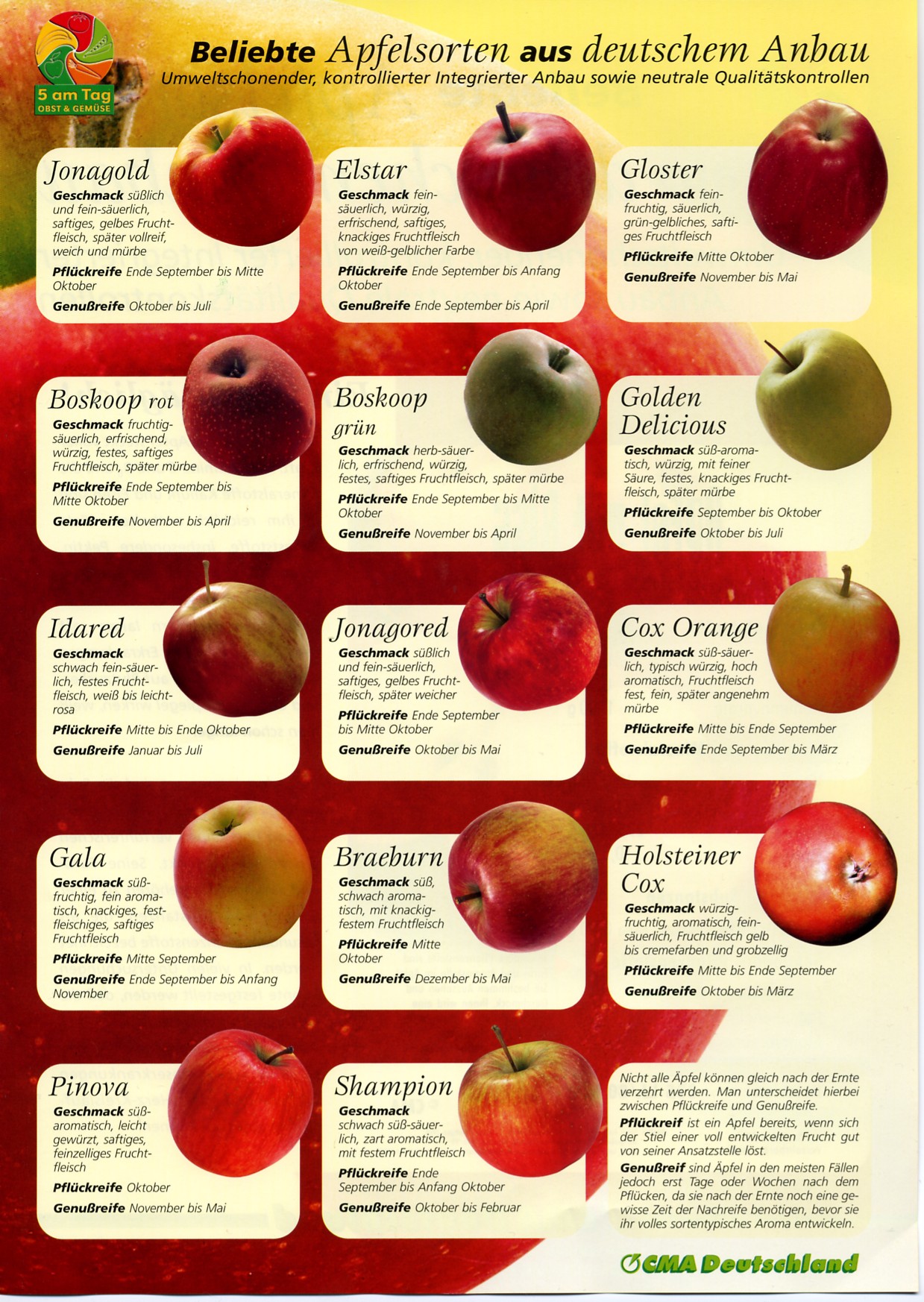 Source: pinterest.com
Source: pinterest.com
It is a perennial plant that may reach 12 feet 37 m during a flowering phase. Besides does Johnsongrass look like. It was brought as a forage crop to North America and the US in 1830 but it. The seed heads and the base of the plant are the tell tale signs of barnyard grass. Both produce large multibranched seed heads.
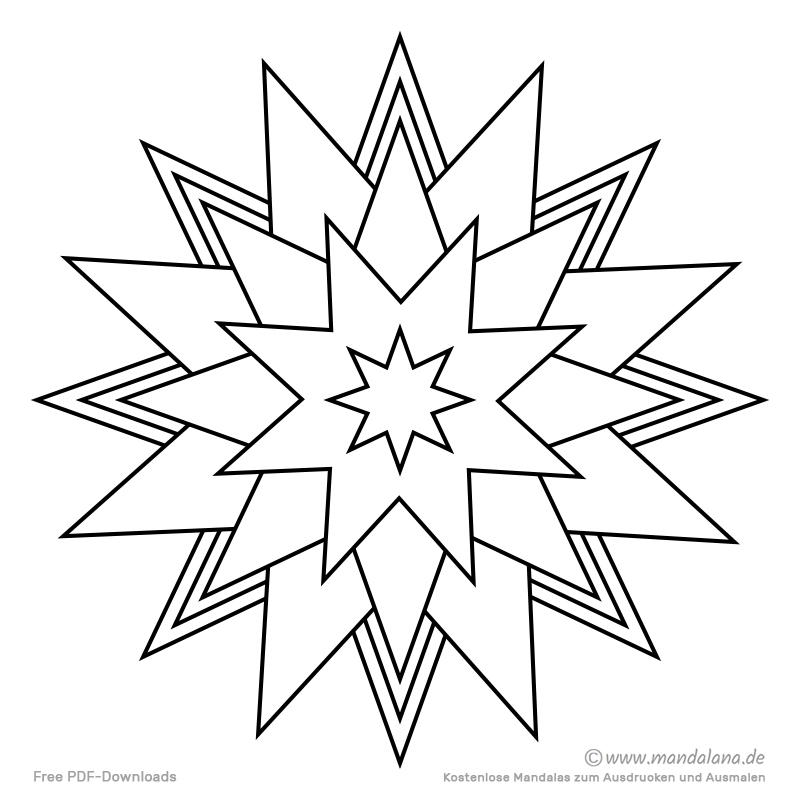 Source: pinterest.com
Source: pinterest.com
Thats why quackgrass also known as couch grass twitch quick grass quitch grass. As a seedling Johnsongrass looks similar to corn notes Oklahoma Cooperative Extension Service. The rhizomes of Johnson grass are identified by thick cream-colored rhizomes covered with orange scales. Johnsons grass is an erect perennial grass up to 2m tall. Both plants love to pop up in bare spots in your lawn.
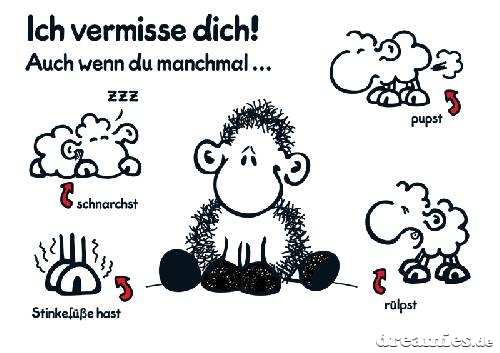 Source: pinterest.com
Source: pinterest.com
With those two identified lets talk more about the potential for Prussic acid and what we can do as stockmen to safeguard against it. Mature johnsongrass grows in spreading leafy tufts with shoots tillers sprouting from the base crown. An upright perennial it often grows 6 to 8 feet tall Figure 1. Identifying Johnsongrass is the first step in controlling the weed. Prussic acid more correctly called hydrocyannic acid a cyanide based.
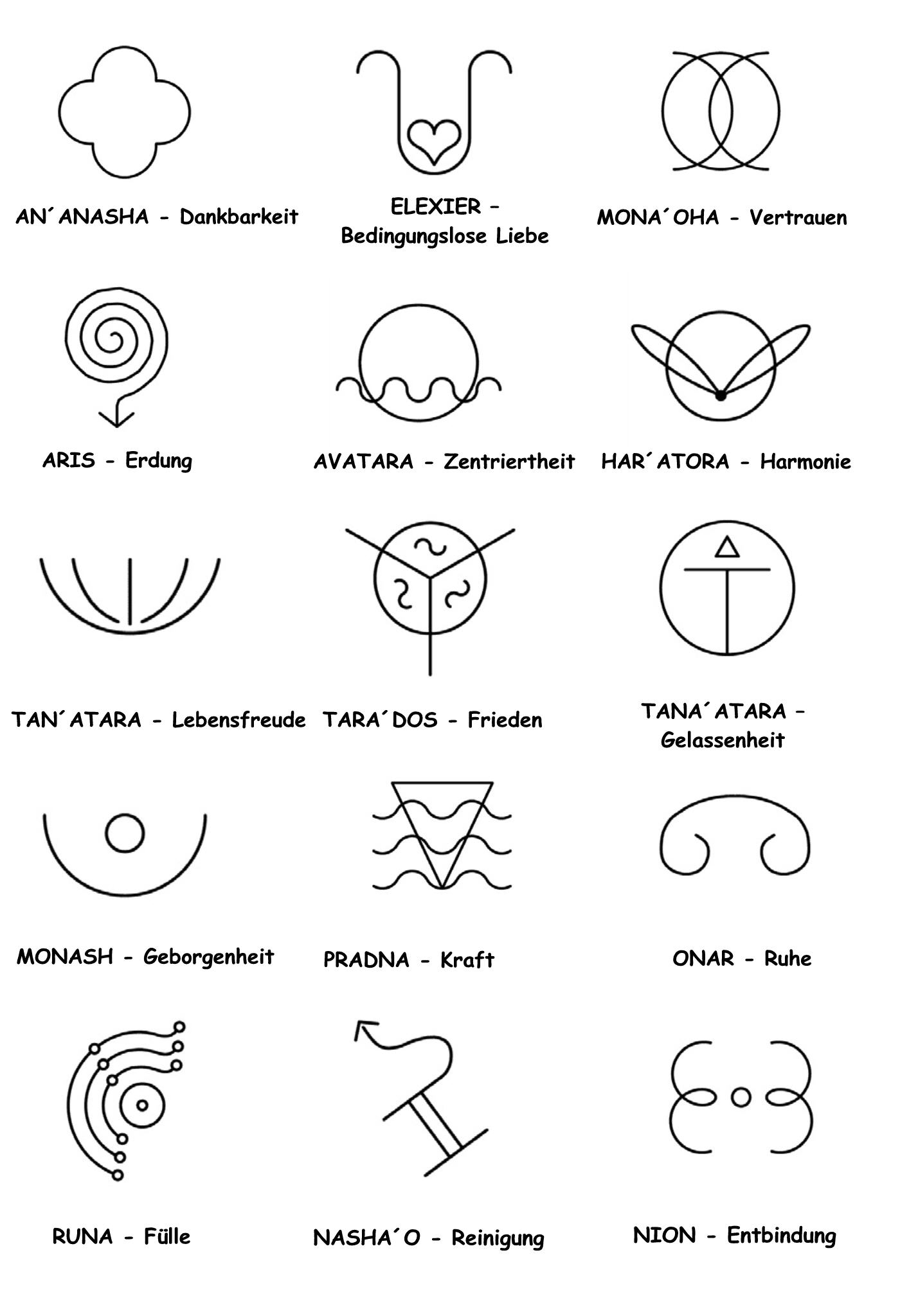 Source: pinterest.com
Source: pinterest.com
Both plants love to pop up in bare spots in your lawn. Besides does Johnsongrass look like. If possible cut and remove the seeds or mow the Johnson glass. Chemistry Johnson Glass Killer Chemical Control is usually the most effective Johnson Glass Killer. And Vasey grass is by far the more common vegetation of the two that you may find.
 Source: pinterest.com
Source: pinterest.com
The Illinois Natural History Survey recommends treating Johnsongrass in June with 2 Roundup a non-selective herbicide containing glyphosate. Control Both Johnson grass and crab grass spread quickly through the massive. The blades can get pretty tall if you let them grow. Johnsons grass is widely distributed across NSW except for in the Western region. The seedhead is 10-35 cm long green to purplish with loose spreading branches.
 Source: pinterest.com
Source: pinterest.com
Leaves are rolled in the bud. Normally you wont get an invasion of nutsedge throughout all of your lawn. It was brought as a forage crop to North America and the US in 1830 but it. Mature johnsongrass grows in spreading leafy tufts with shoots tillers sprouting from the base crown. It tends to show up in areas where the soil is wet.
 Source: pinterest.com
Source: pinterest.com
The seed head is 2 to 3 inches long. Learn what goosegrass looks like and how it differs from other weeds in our guide below. The base of barnyard grass is a dark maroon color so it is very easy to indicate the weed. The rhizomes of Johnson grass are identified by thick cream-colored rhizomes covered with orange scales. Thats why quackgrass also known as couch grass twitch quick grass quitch grass.
 Source: de.pinterest.com
Source: de.pinterest.com
What does it look like. Its aggressive and invasive. Both johnsongrass and Sudan grass are coarse-stemmed grasses with broad veined leaves that can grow to six feet in height. It is native to the Mediterranean region of Europe and Africa but has been introduces to all continents except Antarctica. Both produce large multibranched seed heads.
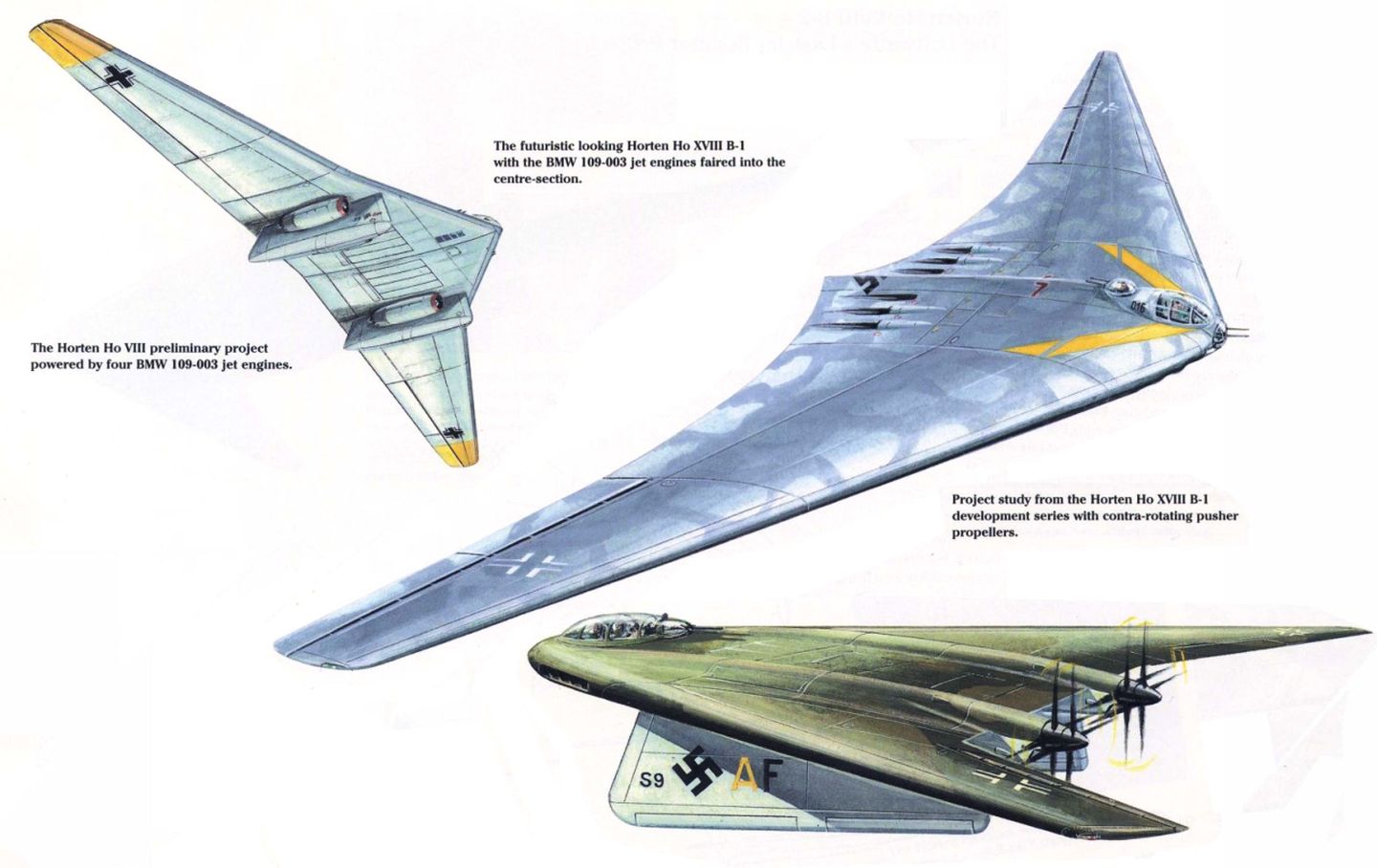 Source: pinterest.com
Source: pinterest.com
The seedhead is 10-35 cm long green to purplish with loose spreading branches. Its panicles seed heads are open Figure 2 and the many branches support thousands of spikelets from which seeds are readily shattered. The base of barnyard grass is a dark maroon color so it is very easy to indicate the weed. The blades can get pretty tall if you let them grow. Johnson grass looks nothing like either growing to 6 or 8 feet tall with wide leaves possessing white midribs.
 Source: pinterest.com
Source: pinterest.com
Its one of the worst grassy weeds you can get. Learn what goosegrass looks like and how it differs from other weeds in our guide below. An upright perennial it often grows 6 to 8 feet tall Figure 1. The base of barnyard grass is a dark maroon color so it is very easy to indicate the weed. Mature johnsongrass grows in spreading leafy tufts with shoots tillers sprouting from the base crown.
 Source: pinterest.com
Source: pinterest.com
The seed head is 2 to 3 inches long. Both johnsongrass and Sudan grass are coarse-stemmed grasses with broad veined leaves that can grow to six feet in height. And Vasey grass is by far the more common vegetation of the two that you may find. Learn what goosegrass looks like and how it differs from other weeds in our guide below. The base of barnyard grass is a dark maroon color so it is very easy to indicate the weed.
This site is an open community for users to share their favorite wallpapers on the internet, all images or pictures in this website are for personal wallpaper use only, it is stricly prohibited to use this wallpaper for commercial purposes, if you are the author and find this image is shared without your permission, please kindly raise a DMCA report to Us.
If you find this site serviceableness, please support us by sharing this posts to your preference social media accounts like Facebook, Instagram and so on or you can also save this blog page with the title what does johnson grass look like by using Ctrl + D for devices a laptop with a Windows operating system or Command + D for laptops with an Apple operating system. If you use a smartphone, you can also use the drawer menu of the browser you are using. Whether it’s a Windows, Mac, iOS or Android operating system, you will still be able to bookmark this website.
